Describe Three Common Methods of Chemical Exposure
Light is the primary cause of the deterioration of sodium hypochlorite epinephrine hydrogen peroxide. Not burning treated wood.

Safety Signs Color Meanings Health And Safety Poster Safety Posters Workplace Safety
Browse here for free safety checklists you can use to manage chemical hazards.

. An exposure route exposure routeThe way a chemical pollutant enters an organism after contact eg by ingestion inhalation or dermal absorption. Air soil and water are the major elements that can move or change a chemical. The first is our increasing exposure to pesticides herbicides antibiotics pharmaceuticals and other chemicals and toxins in our food and water supply.
Inhalation skin contact and ingestion. The second is our increased consumption of processed foods fast food and food no longer in a natural state. Being aware of chemicals in everyday products.
Some chemicals break down when exposed to air water or microorganisms such as bacteria. Reading labels that warn you about chemical exposure. Dermal absorption The most common path of exposure to toxic substances is by contact with the skin.
Describe the difference between chronic and acute chemical exposure. What are the three primary methods of chemical exposure. What body systems could develop health-related problems as a result of inhalation exposure to chemicals in the dental office.
Chemical Biological Physical and Socioeconomic Environments. There are a number of ways to tailor an exposure scenario to focus on a specific tier or type of analysis exposure route exposed population exposure medium or chemical class. Sometimes the chemical can get into plants and animals that people eat so we also consider how eating contaminated plants and animals could affect a persons health.
Vapors and fumes that come from welding or exposure to solvents. Check expiration date 5. Pathways of Exposure 1 --- Dermal Absorption Exposure to toxic substances usually occurs by one of three major pathways.
Chronic - many repeated exposures generally to lower levels over a much longer time. Inhalation ingestion and skin contact. Identify four methods of personal protection against chemical exposure.
Washing fruits and vegetables. You can limit your exposure by not eating fish caught in contaminated water updating older appliances and staying out of the soil near contaminated waste sites. Being aware of any contamination pollution or hot spots areas known to have harmful amounts of contamination around your home or work.
Flammable materials like gasoline solvents and explosive chemicals. Heart kidney liver and lung tissue could be damaged as a result of exposure to chemicals. PCBs are found in fluorescent lights fish caught in contaminated waters older TVs and appliances and soil around contaminated waste sites.
Dermal absorption inhalation and ingestion. Acute chemical exposure involves. What are three primary methods of chemical exposure.
Consider three forms of chemical health hazards found in most workplaces. There are three basic exposure pathways. Chemicals dusts fumes and other toxic substances in the working environment can enter the bodies of workers in a few key ways.
The skin is composed of three main parts. Describe three common methods of chemical exposure. Is the way that a contaminant enters an individual or population after contact IPCS 2004.
Route of Exposure E. Inhalation breathing Skin or eye contact Swallowing ingestion or eating Injection. Routes of Exposure.
Inhalation is breathing or inhaling into the lungs. Through the Mouth Ingestion Through the Eyes Ophthalmic Absorption Through the Skin Dermal Absorption Preventing Chemical Exposure. Elements for a Pathway of Exposure.
There are four major routes by which a chemical may enter the body. Change in color is a common sigh that chemical has deteriorated. Ingestion of poisons exposure to toxic fumes and long-term exposure to chemicals.
What are the most common causes of vaccine compromise. What are primary methods of chemical exposure. These risks are only too real.
What is the difference between acute and chronic chemical toxicity. Source of contamination B. Point of Exposure D.
Ingestion is taking something in by mouth. Inhalation skin contact ingestion. Washing your hands.
Other Routes of Exposure. Rotate inventory to ensure older products are used first. Avoid exposure to light.
The different ways a person can come into contact with hazardous chemicals are called exposure pathways. Acute - high levels of exposure over a short period. The methods and resources available for tailoring an exposure scenario in these different areas are described in the other Tool Sets available in EPA ExpoBox.
Explain the purpose of a material safety data sheet. Gases like acetylene propane carbon monoxide and helium. Typically exposure occurs by one of three exposure routesinhalation ingestion or dermal.
Describe the components of a Hazard Communication Program. Media for contaminant travel C.
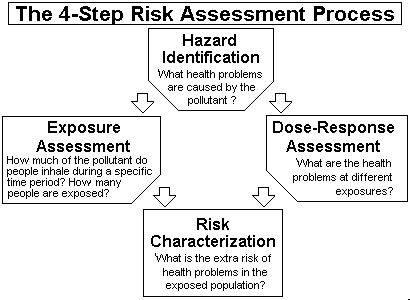
Risk Assessment For Toxic Air Pollutants A Citizen S Guide Technology Transfer Network Air Toxics Web Site Us Epa

Chemical Risk Assessment An Overview Sciencedirect Topics

Chemical Hazards University Of Virginia School Of Engineering And Applied Science

Are Epidemiology Studies Good Tools For Evaluating Chemical Safety Chemicalsafetyfacts Org

Understanding Chemical Hazards And Risks

Chemical Risk Assessment An Overview Sciencedirect Topics

Laboratory Hazards Chemical Physical Biological Hazards In The Lab

Chemical Safety Hazard Communication
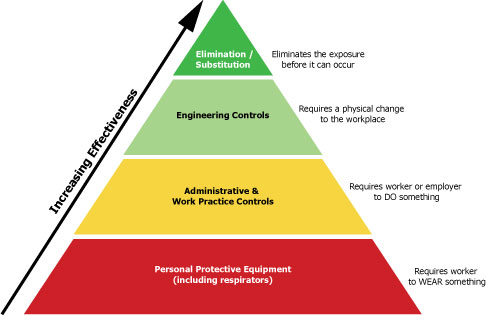
Chemical Hazards And Toxic Substances Controlling Exposure Occupational Safety And Health Administration
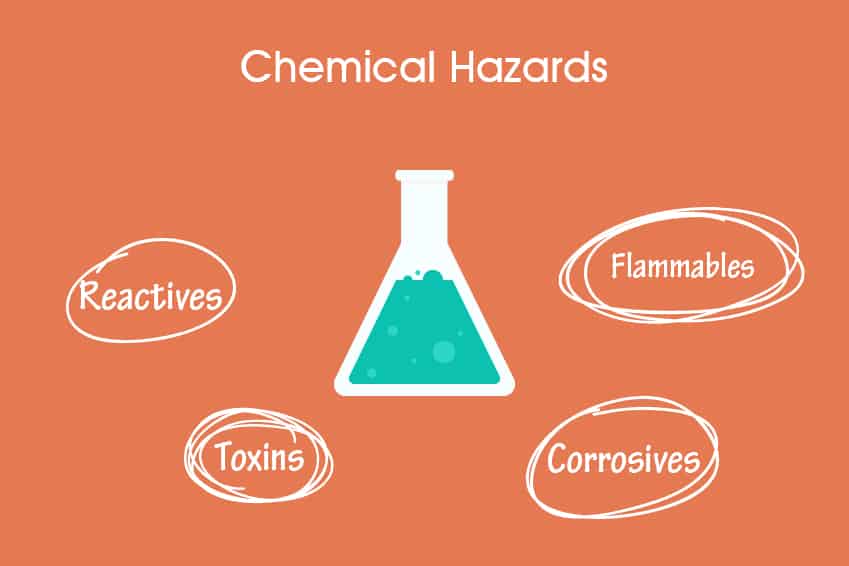
Laboratory Hazards Chemical Physical Biological Hazards In The Lab

Exposure Assessment Tools By Routes Inhalation Us Epa
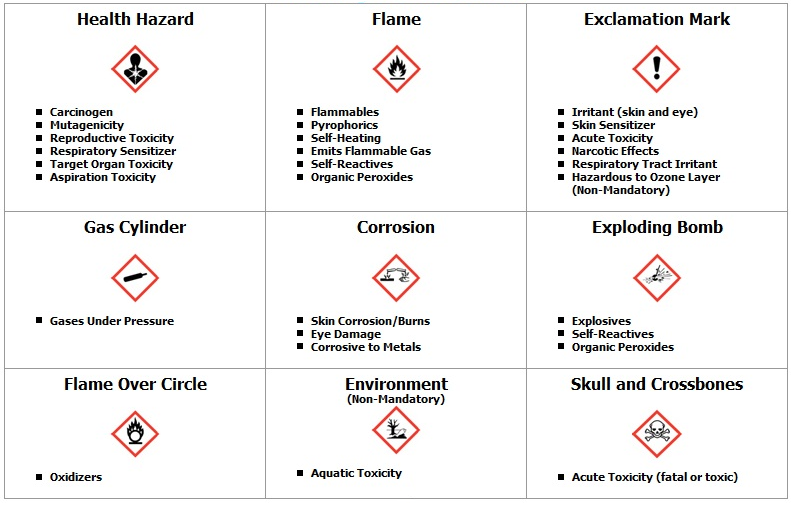
Division Of Research Safety Illinois

Chemical Risk Assessment An Overview Sciencedirect Topics
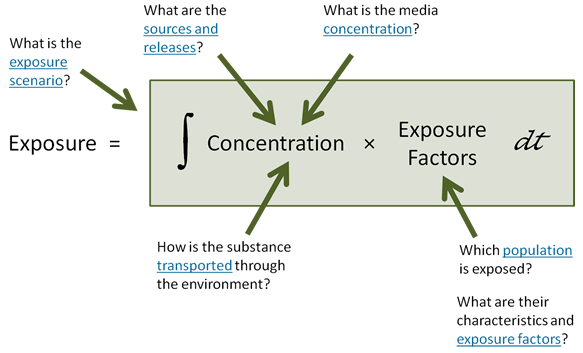
Exposure Assessment Tools By Approaches Indirect Estimation Scenario Evaluation Us Epa
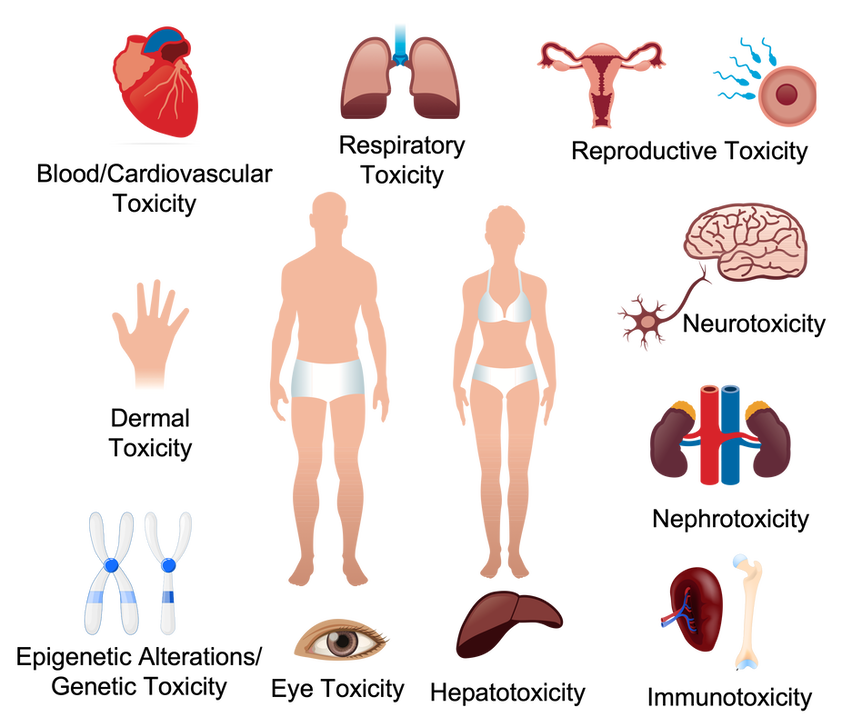
Welcome To Toxtutor Toxicology Msdt
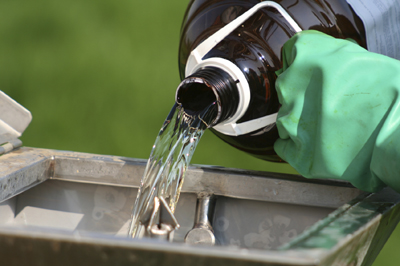
Chemical Exposure Health And Safety Authority

What Is The Difference Between Hazard And Risk We Exist In A Chemical Soup We Eat Breathe Health And Safety Poster Essential Oil Chart Essential Oil Safety

Comments
Post a Comment